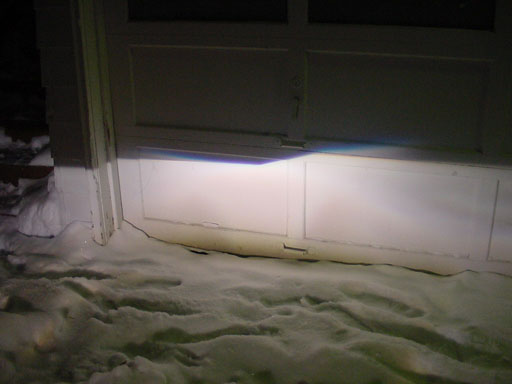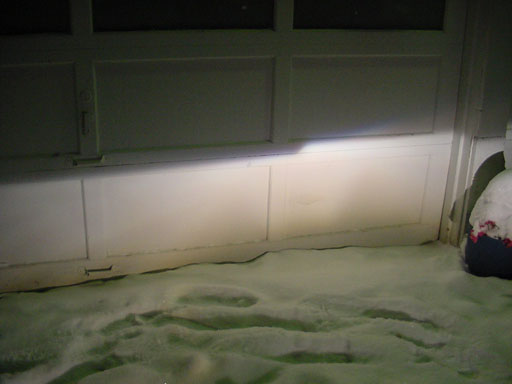Excellent article. Having personally studied lighting and its associated attributes, Edwin is absolutely correct.
As an informational post:
Just a couple notes, the "ballast" is actually the control module, a solid state electronic device in the case of automotive HID lighting.
We know halogen bulbs uses a filament. We also know xenon bulbs have no filaments are filled with as the name implies, xenon and other trace gases. Ok, so when a xenon bulb is turned "on", the gas gets electrically charged, but based on phsyics (which I basically know nothing about), the electrically excited xenon gases want to move away. This is stopped by the glass balast. So the effect that we get is an arc that starts from one end of the balast, curves upward, then back down at the other end.
The "glass ballast" that is referenced here is known as the "arc tube". As accurately described here, the arc tube is essentially a quartz tube (pea sized) with an electrode at either end. An electric arc, once established, excites the gasses within (typically comprised of xenon, mercury, halide salts, and other inert gasses).
The technology of the automotive HID lighting is nearly identical to that used in street lights, sports arena lighting, parking lot lighting, and similar to fluoresecnt lighting; all gas/arc discharge lighting. (metal halide, mercury vapor, high pressure sodium)
A halogen bulb just glows in a cylindrical shape due to the filament and depending on how the filament is placed in the balast determines the geometric position/"center" of the light.
Correct. Not only is the LCL (light center length) different between the halogen and HID lamps, but the orientation of the actual light source is different resulting in a misalignment with the reflective surfaces/elements within the headlight housing.



